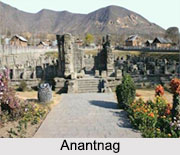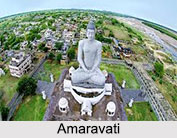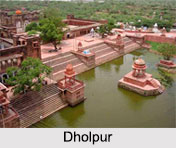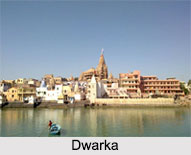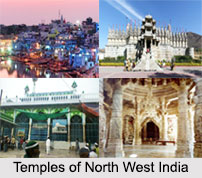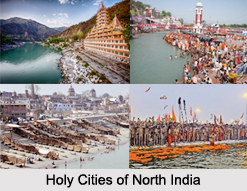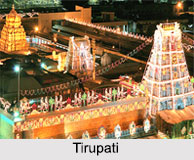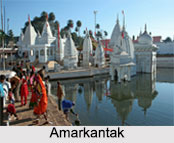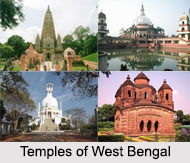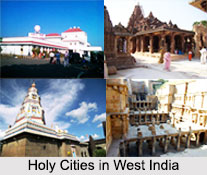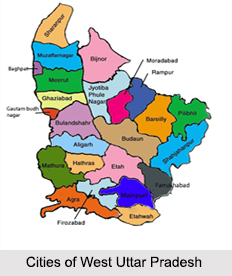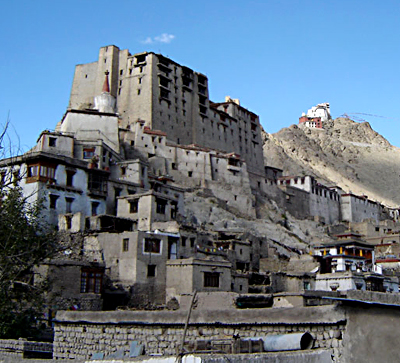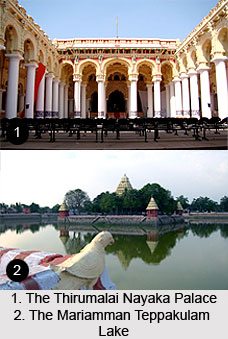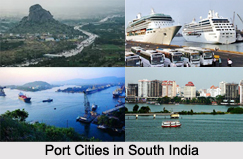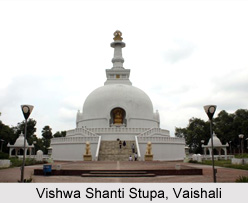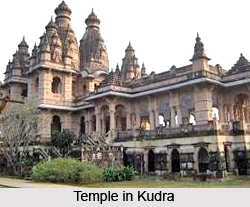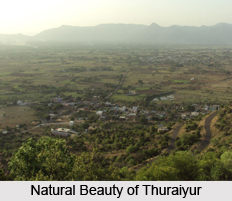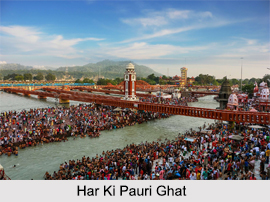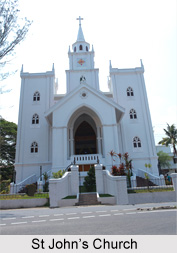 Mulavukad is a picturesque census town located in the Ernakulam district of the southern state of India, Kerala. It is in the border of the Ernakulam District and Thrissur District. It is located 9 km towards north from district head quarters Kakkanad and 20 km from Vypeen. Kochi, Aroor, Chendamangalam and Kodungallur are the nearby Cities to Mulavukad. It is spread over an area of 20 sq km and the serenity of the place makes it an ideal retreat for all tourists. On the eastern side of Mulavukad flows the famous Periyar River. The island has a golf course and an international marina. The town is near to Arabian Sea. So there is humidity in the weather. Malayalam is the local language of Mulavukad.
Mulavukad is a picturesque census town located in the Ernakulam district of the southern state of India, Kerala. It is in the border of the Ernakulam District and Thrissur District. It is located 9 km towards north from district head quarters Kakkanad and 20 km from Vypeen. Kochi, Aroor, Chendamangalam and Kodungallur are the nearby Cities to Mulavukad. It is spread over an area of 20 sq km and the serenity of the place makes it an ideal retreat for all tourists. On the eastern side of Mulavukad flows the famous Periyar River. The island has a golf course and an international marina. The town is near to Arabian Sea. So there is humidity in the weather. Malayalam is the local language of Mulavukad.
Mulavukad is actually a beautiful island located in the Kochi backwaters and in the southern end of the town lays the Bolghatty Island. So, Mulavukad is also locally known as "Bolghatty Island". The Vypeen Island and Vallarpadam Island lie on its west side and Vaduthala lie to its east.
Demography of Mulavukad
As per the Indian Census report of 2011, Mulavukad in Kerala had a population of 22,845. Males account for 49% of the population and females comprises of the remaining 51%. In Mulavukad, 11% of the population is less than 6 years of age. The average literacy rate of Mulavukad is 86%, which is higher than the national average literacy rate, which is 59.5%. The male literacy rate in Mulavukad in Kerala is 87% and the female literacy rate is 84%.
Places of Interest at Mulavukad
Some of the places of interest in Mulavukad are St John`s Church, a Mission Station of the Immanuel Church and the Shri Kereleshwaram Temple. The Bolghatty Palace is located at the southern tip of the island. It was built by the Dutch as a centre for colonial administration, and later taken over by the British. The Palace is a popular tourist attraction and a heritage hotel, managed by the Kerala State Tourism Department.
Transport of Mulavukad
The International Airport at Cochin is the nearest airport. Ernakulam located at a distance of 7km and Idapalli Railway Stations are the very nearby railway stations to Mulavukad. Mulavukad is connected to Ernakulam city and Vallarpadam by the Gosree bridges. Regular bus and taxis are available from Mulavukad to reach other nearby places of the state. The roads are well connected and easily accessible.
